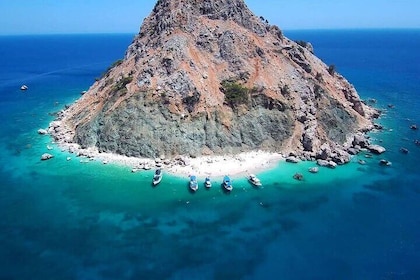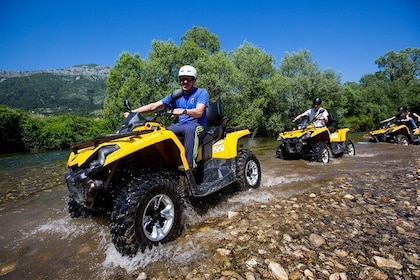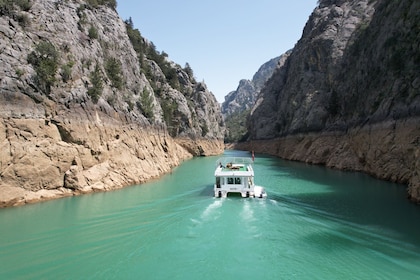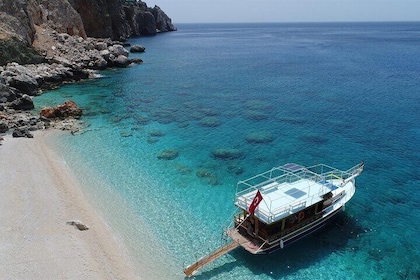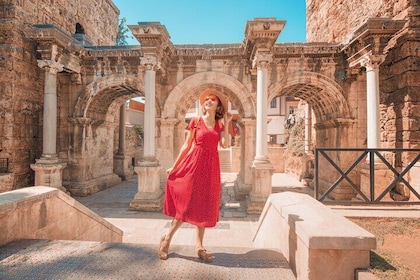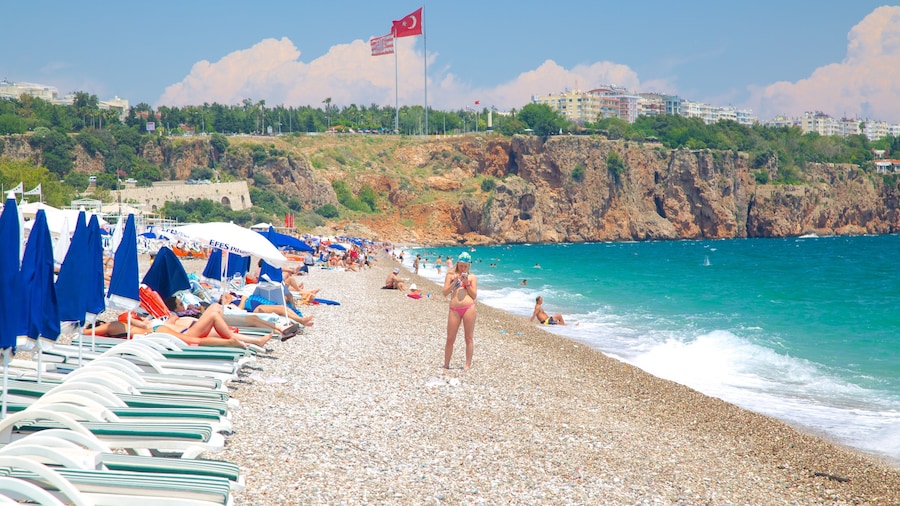Among the largest museums in Turkey, this site holds thousands of historical treats that delight the senses with the stories of ancient cultures.
The Antalya Museum, with 13 exhibition halls and 5,000 works of art, is one of the largest of its kind in the country. The enormous building is home to thousands of artifacts that tell the story of Turkey’s natural and human history over many millennia. Learn about the ancient provinces of Pamphylia and Lycia as you peruse the intriguing array of historical items.
Wander through the many exhibition halls to see a range of displays on various aspects of the area’s past. Examine fossils and bones from pre-historic beasts in the Natural History Hall. Charts and diagrams explain the meaning of the fossils and inform you about the former presence of dinosaurs in the region.
Examine primitive artworks and old tools from the Chalcolithic, Neolithic and Early Bronze Age in the Pre-History Hall. Many of the displays throughout the museum show how former societies from the region performed daily routines. See the cooking utensils, bowls, plates and other items that enabled them to survive.
A rich collection of artifacts relates to the Roman occupation of the area about two millennia ago. Explore the mythological sculptures found in recent excavations in Perge. In the Gallery of the Emperors, look at the sculptures that glorify and immortalize emperors and other important identities during Roman times. Browse the lamps and glass items from the Roman and Byzantine eras. The Hall of Coins has money boxes and a Children’s Section has interesting ancient toys.
The complex contains a small café where visitors sip coffees while reflecting upon the intriguing relics that they have encountered in the exhibits.
Teacher Süleyman Fikri Erten founded the museum in 1922. In 1988, it won the European Council Special Prize. There is an admission fee for the museum, which is open Tuesday through Sunday until late afternoon.
Antalya Museum is just west of the centre of the city. Drive or ride a cab for 2 miles (3.6 kilometres) along the south coast of the city to reach the site, which is just before Beach Park and the Antalya Aquarium.





